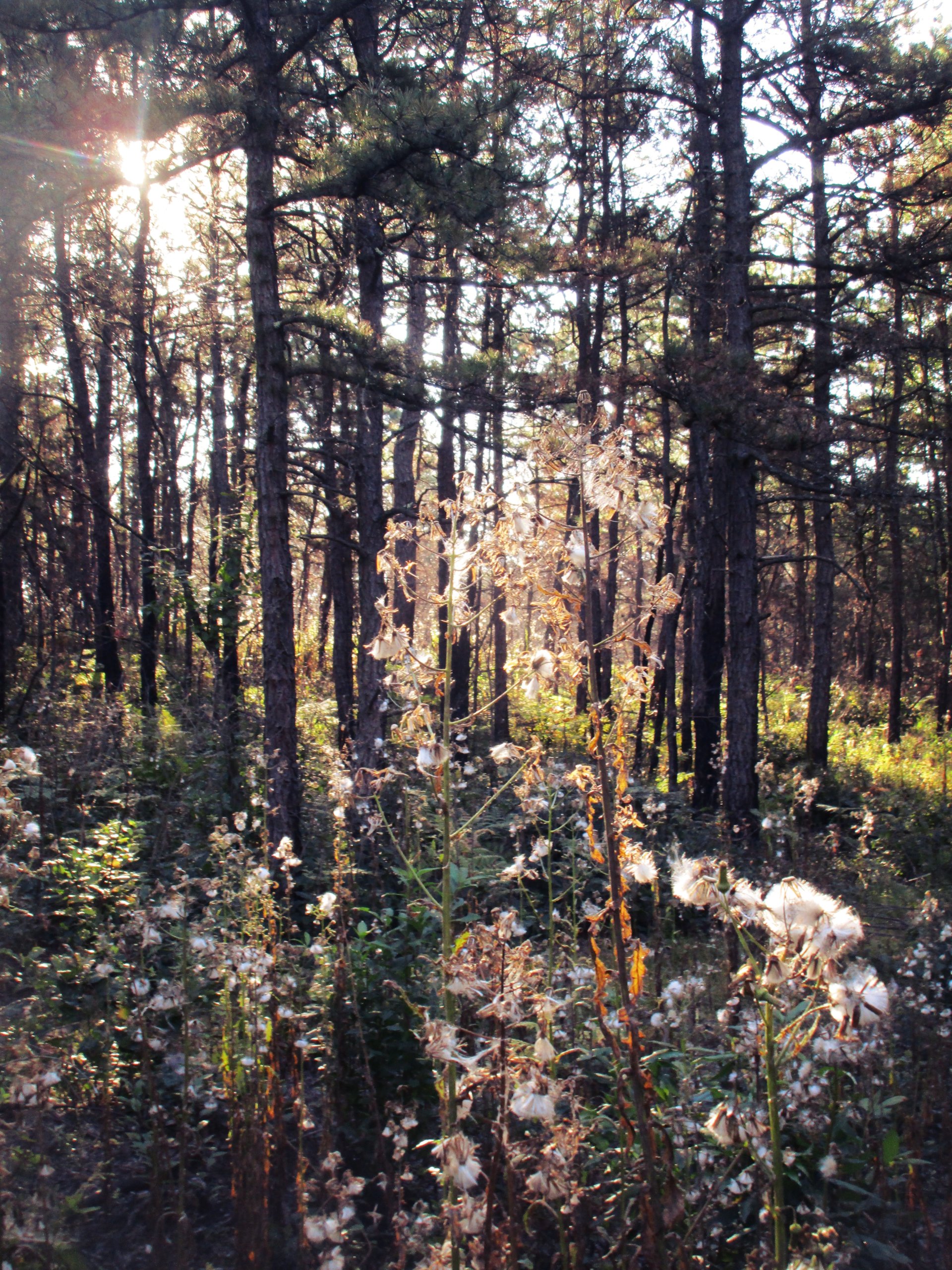ALBANY: The Honorable Dominick Calsolaro (1st Ward) discovered that a significant US Fish & Wildlife Service (USFWS) letter was missing from the proposed hotel’s Supplemental Environmental Impact Statement (SDEIS). This 8-page letter, written on February 1, 2007, offers a rebuttal to many points made by the developer for this proposed project.
One of the most significant points is the response made by the USFWS to this comment by the developer:
The developer wrote in a letter to the USFWS: “By way of background, during the exhaustive environmental review process by the City of Albany Common Council . . .”
In the missing letter, the USFWS responded: “In addition, your client did not rewrite any of their environmental documents once the Service and the NYSDEC provided our conclusions that the site is occupied by Karner blue butterflies.” [emphasis added]
The Final Environmental Impact Statement (FEIS), if accepted by the Common Council, will become law. However, so far, the fact that this site is occupied by Karner Blue butterflies is not in the FEIS. None of the documents submitted by the applicant have corrected the text to reflect the fact that this site is considered occupied Karner Blue butterfly habitat by the USFWS.
Why is it important to include the fact that the proposed hotel site is occupied by the endangered Karner Blue butterfly? Because the Albany Common Council needs to decide about this project, and the fact that the USFWS has determined this is occupied habitat is the most significant environmental impact of the site. To exclude this information makes the document incomplete.
The members of the Albany Common Council need to face the fact that they need to decide whether or not to allow destruction of Karner Blue habitat. As the Karner Blue primarily makes its home in this area in the Albany part of the Pine Bush, the City of Albany needs to decide if a sprawl-inducing hotel is more important than protection of endangered species.
In addition to the significant Karner Blue butterfly issues on the site of the proposed hotel, Save the Pine Bush believes another significant point is missing from the SDEIS — a complete analysis of alternative siting of the hotel.
Two parcels of land in the Pine Bush have been successfully acquired for preservation through land trades. Land in the Pine Bush owned by a developer have been successfully traded for land owned by the State of New York in the Harriman Office Campus. One of the land trades involved the Pine Bush Discovery Center and the other involved 44 acres of land on Rapp Road.
The SDEIS should analyze siting the hotel at the Harriman Office Campus by the use of a land trade. The State of NY could acquire the site of the proposed hotel by trading land at the Harriman Office Campus for the hotel site. The benefits to this arrangement would be that the proposed hotel site would be preserved, and that a hotel (which is wanted) would be build at Harriman. The Common Council should call on the State to ask for a land trade.
Published in the Oct/Nov 2007 Save the Pine Bush newsletter
